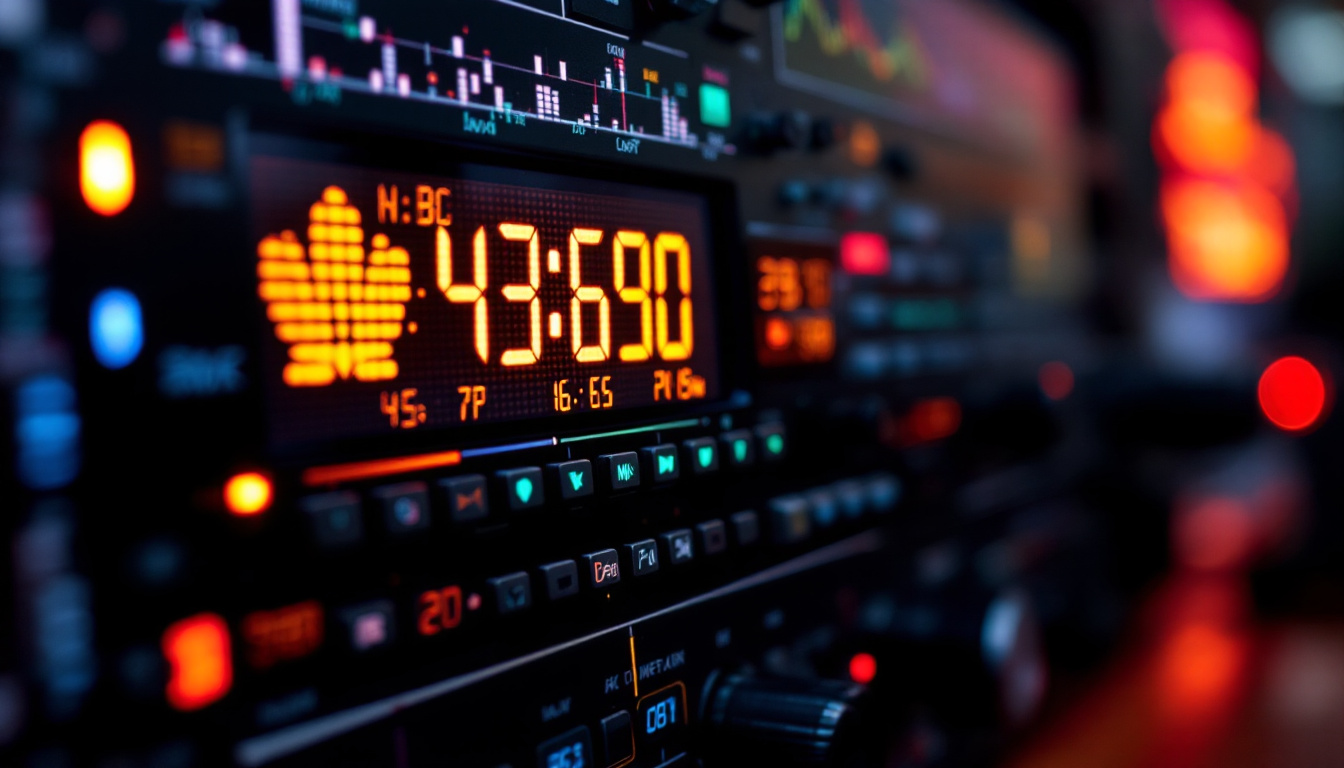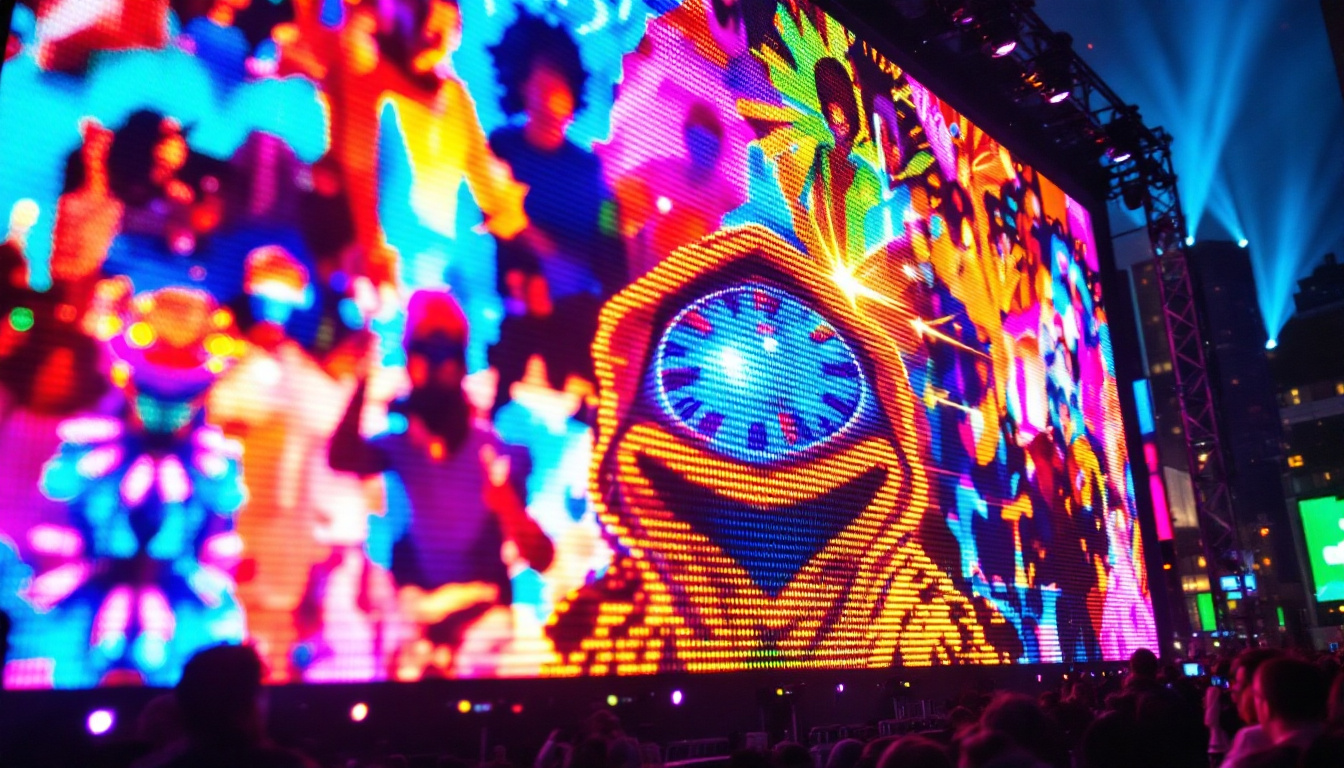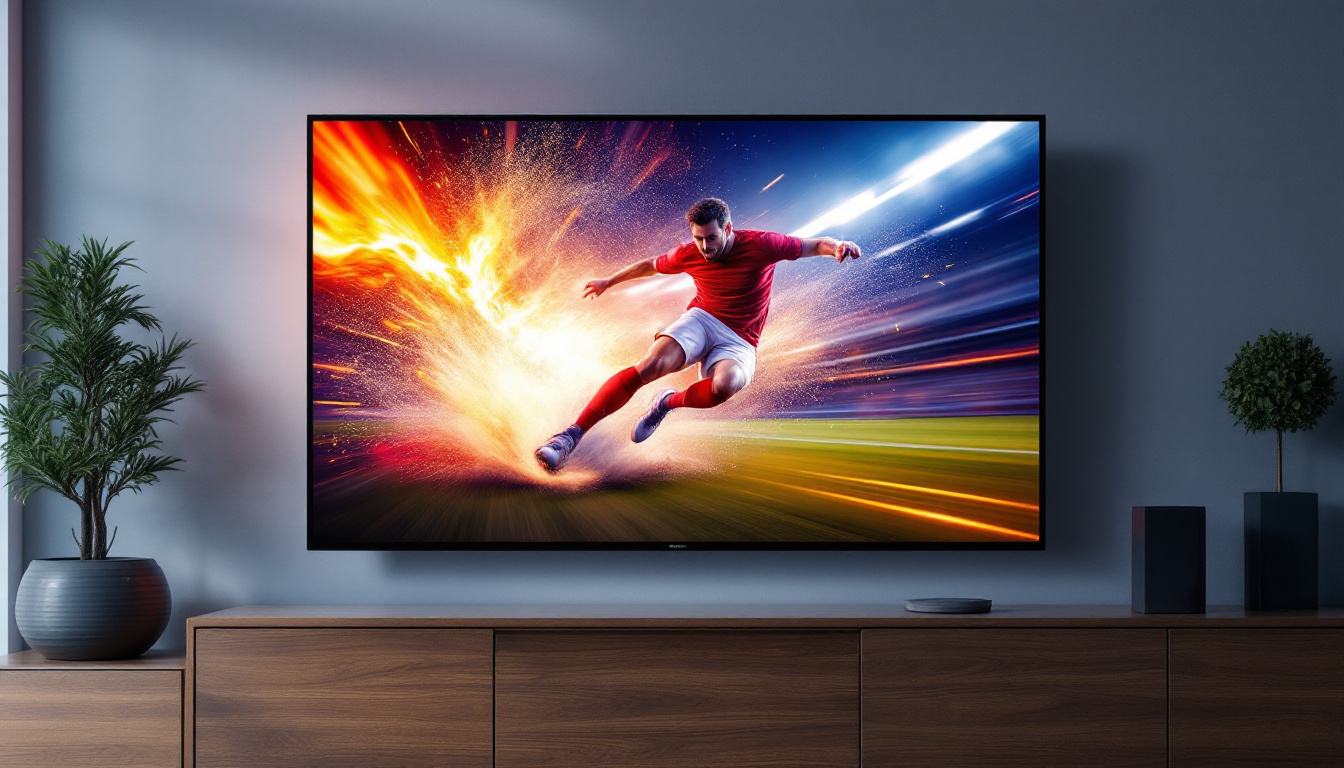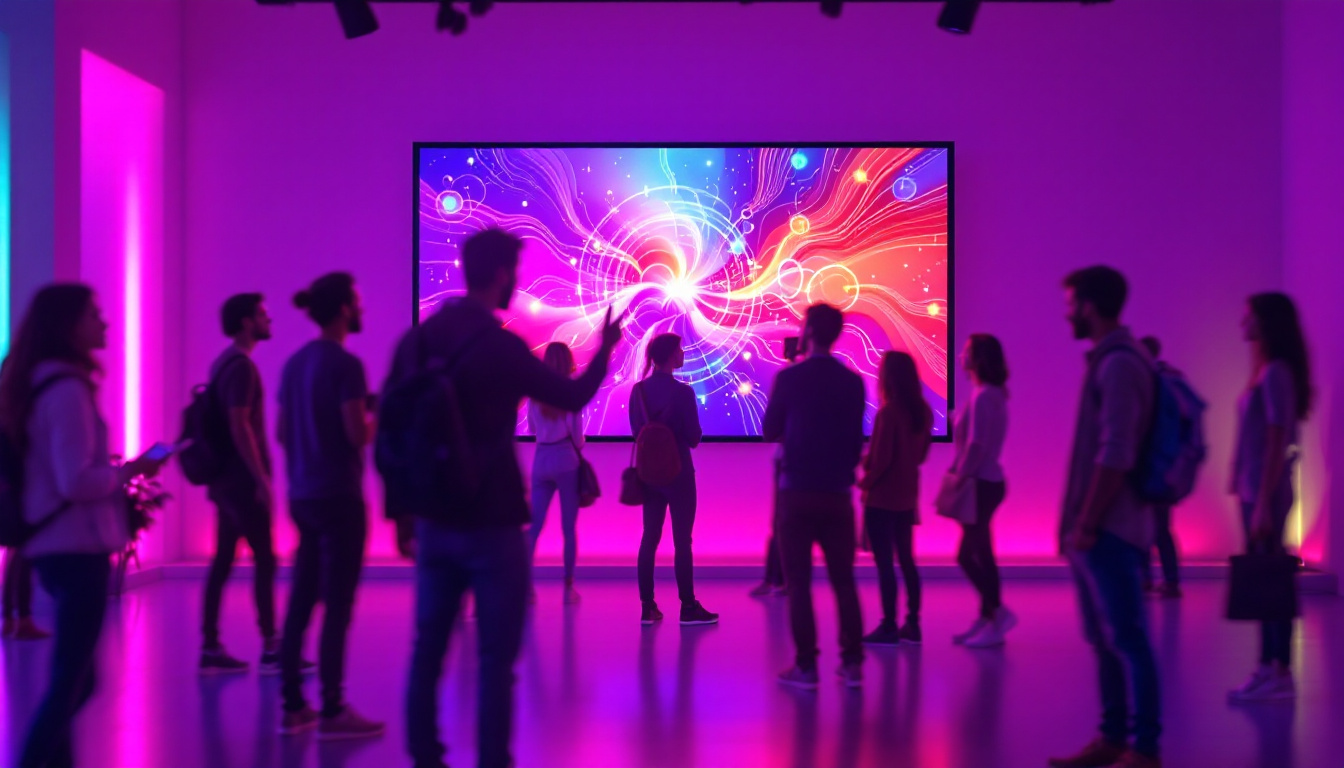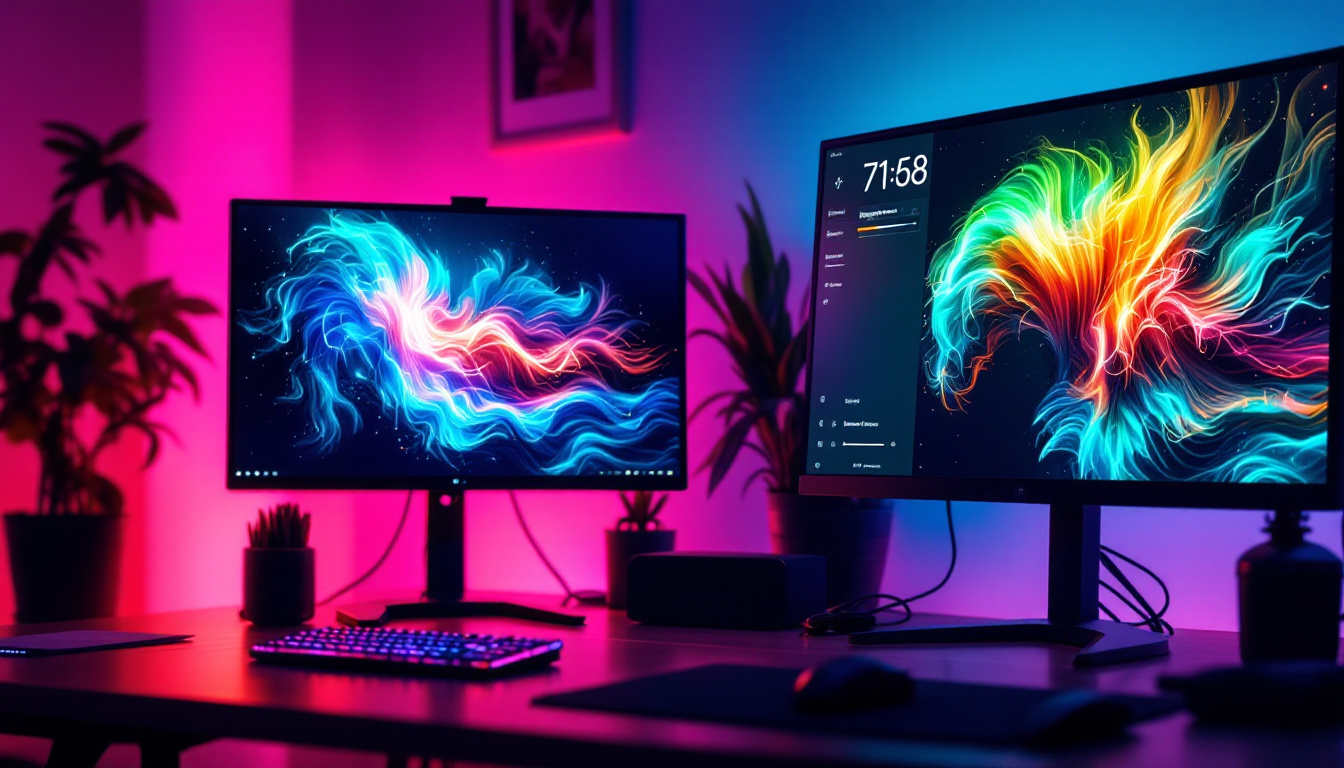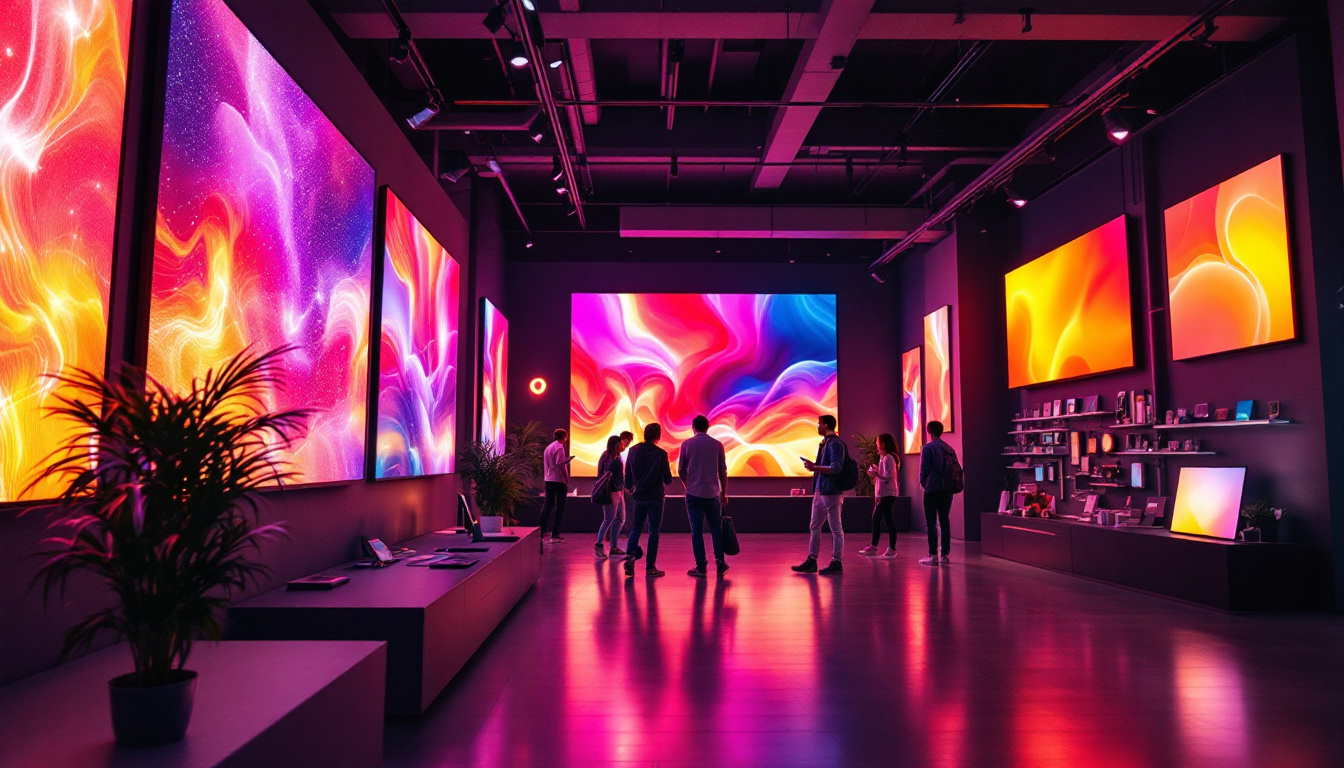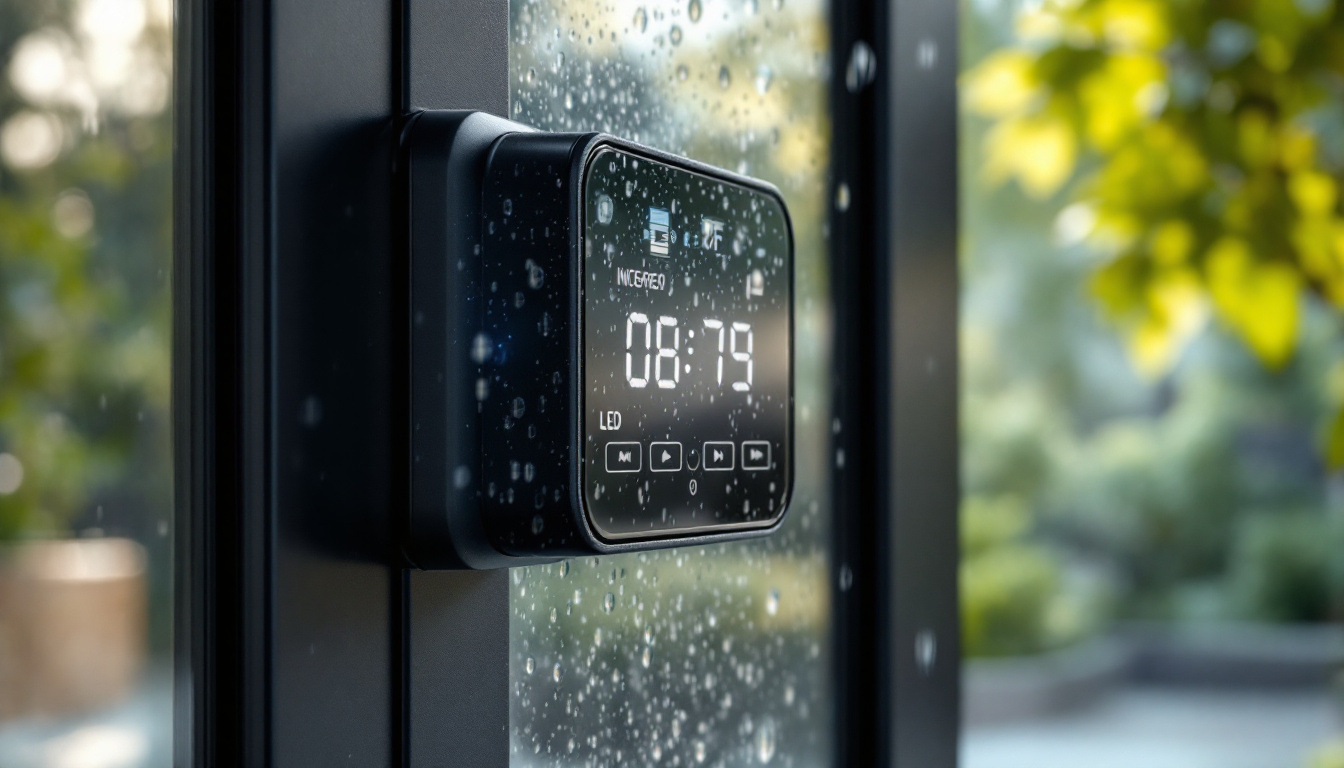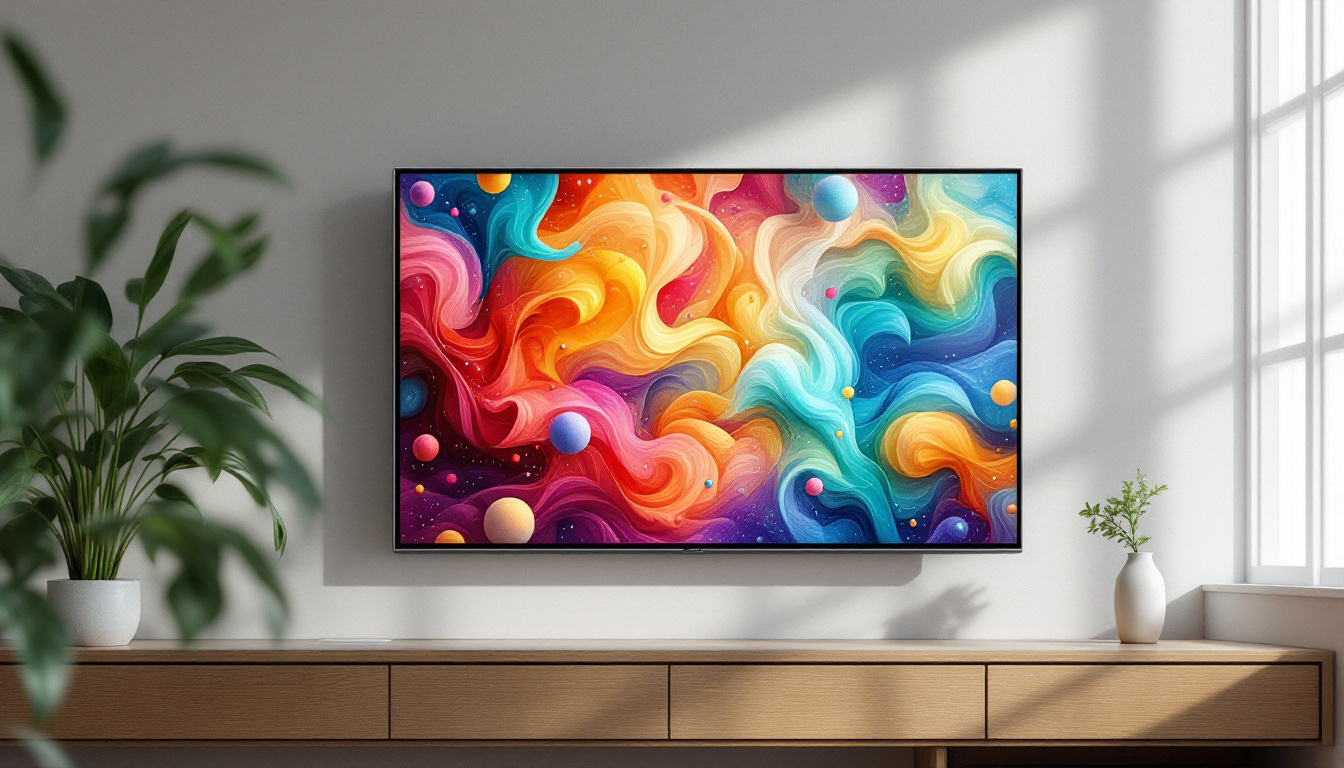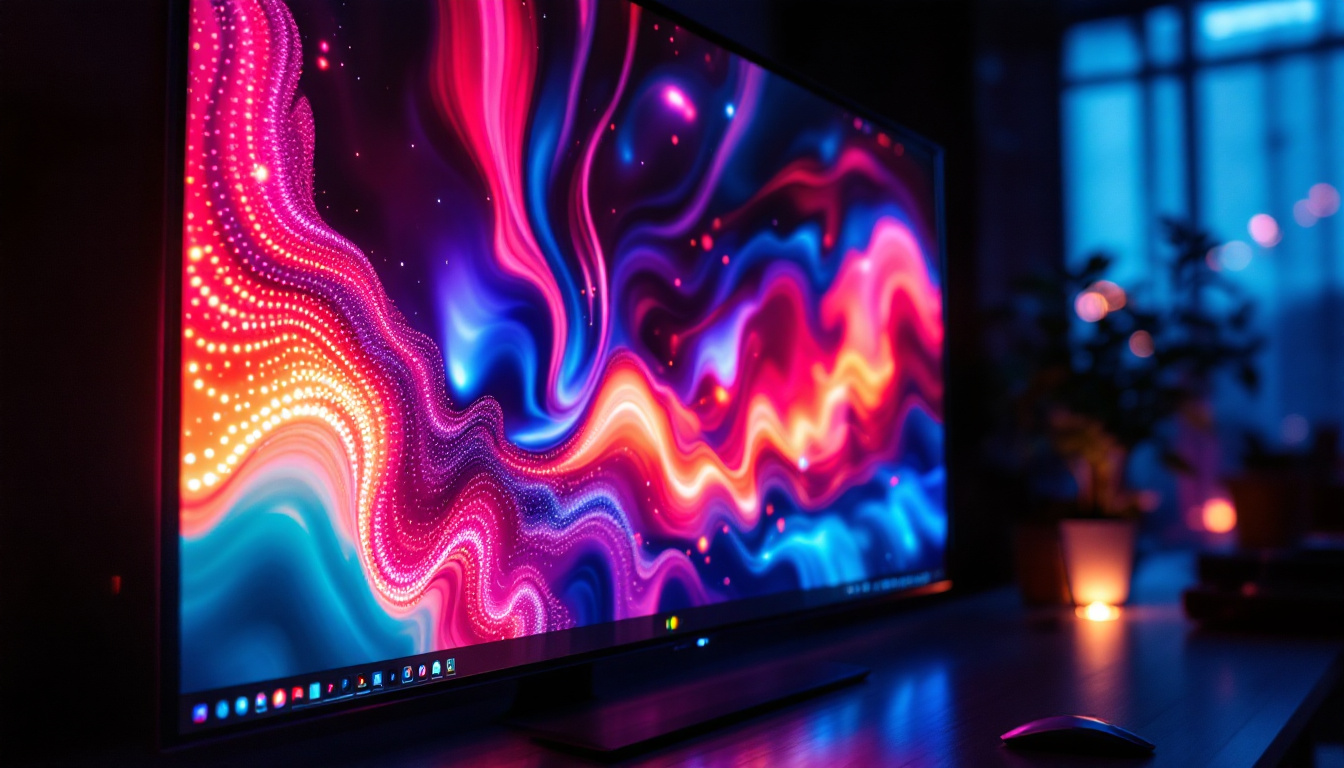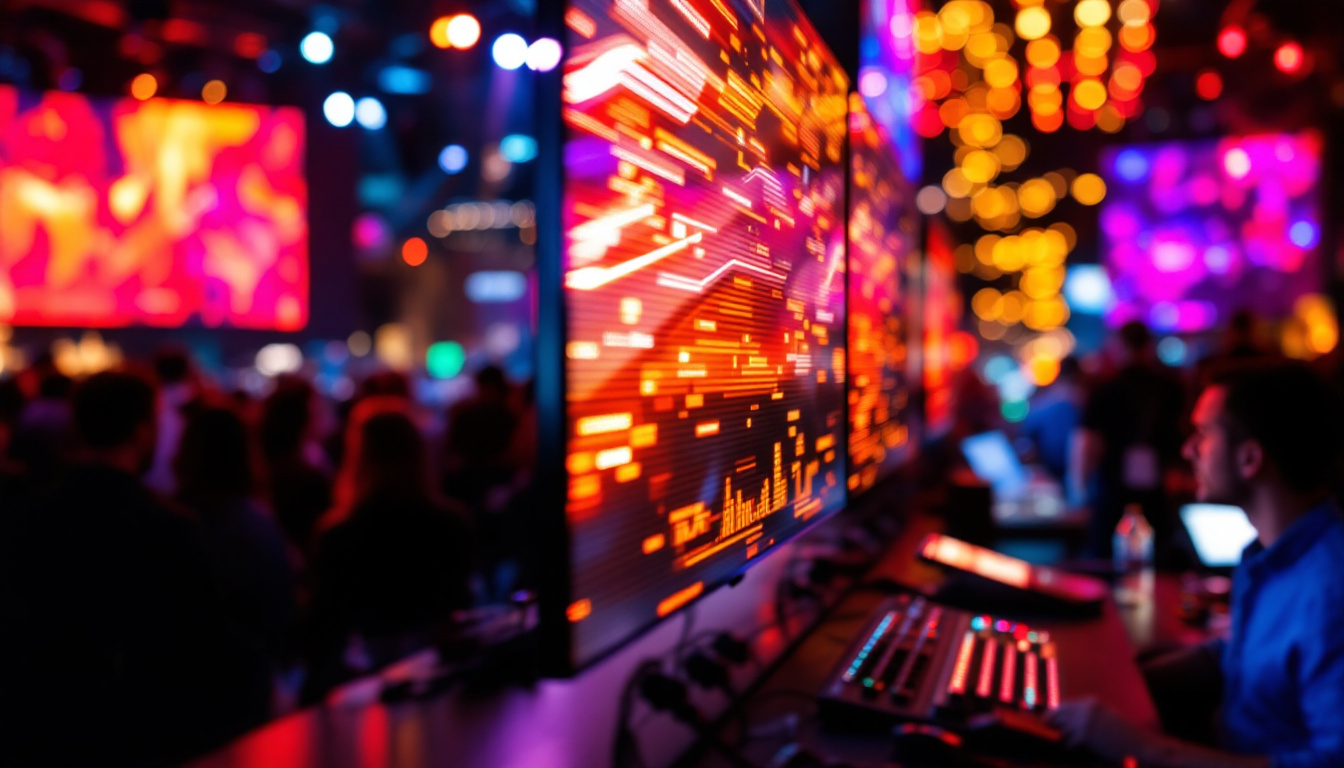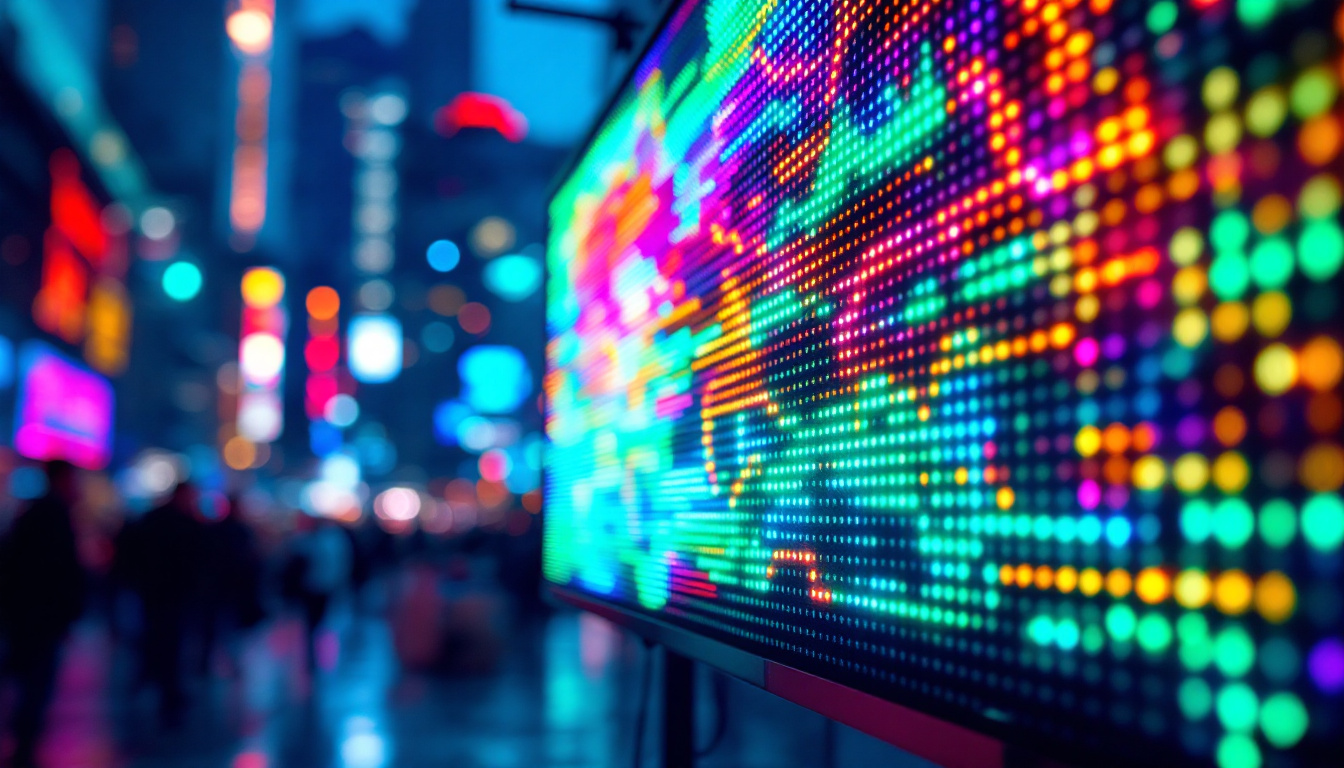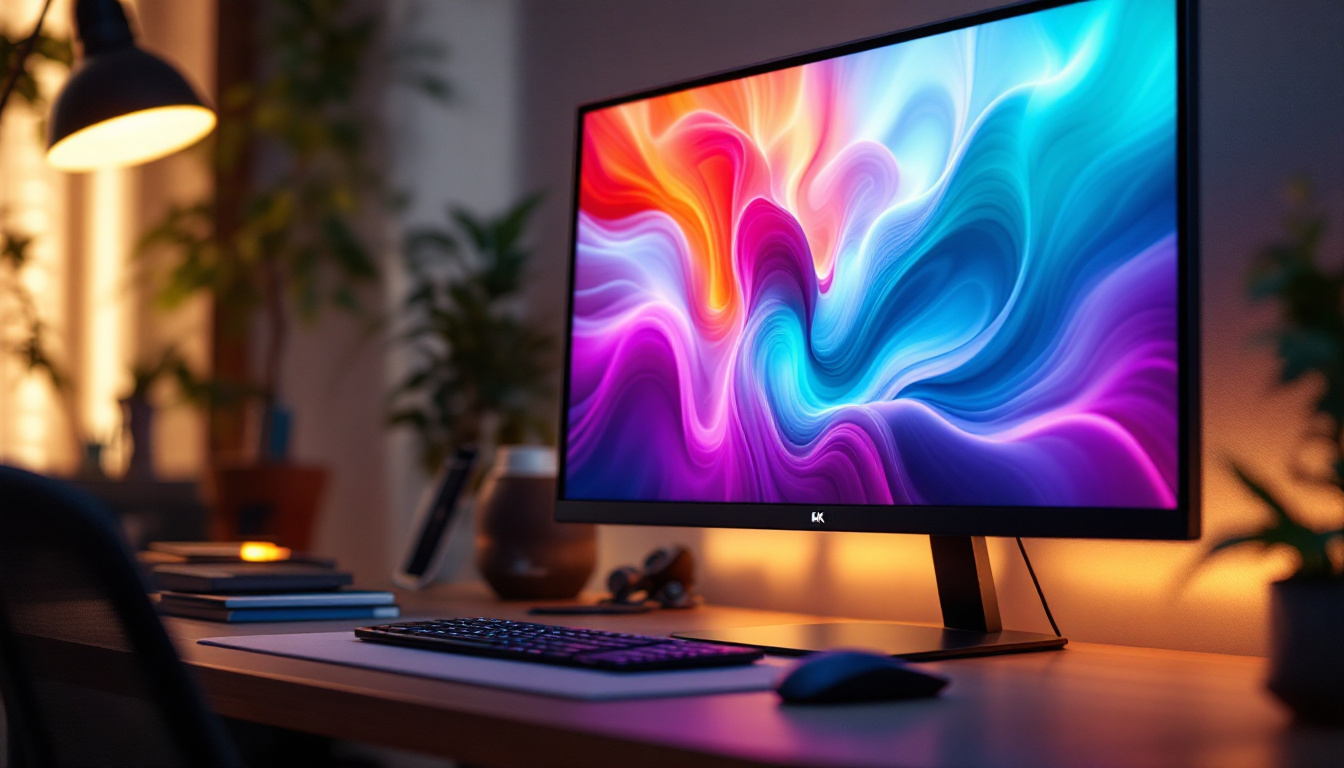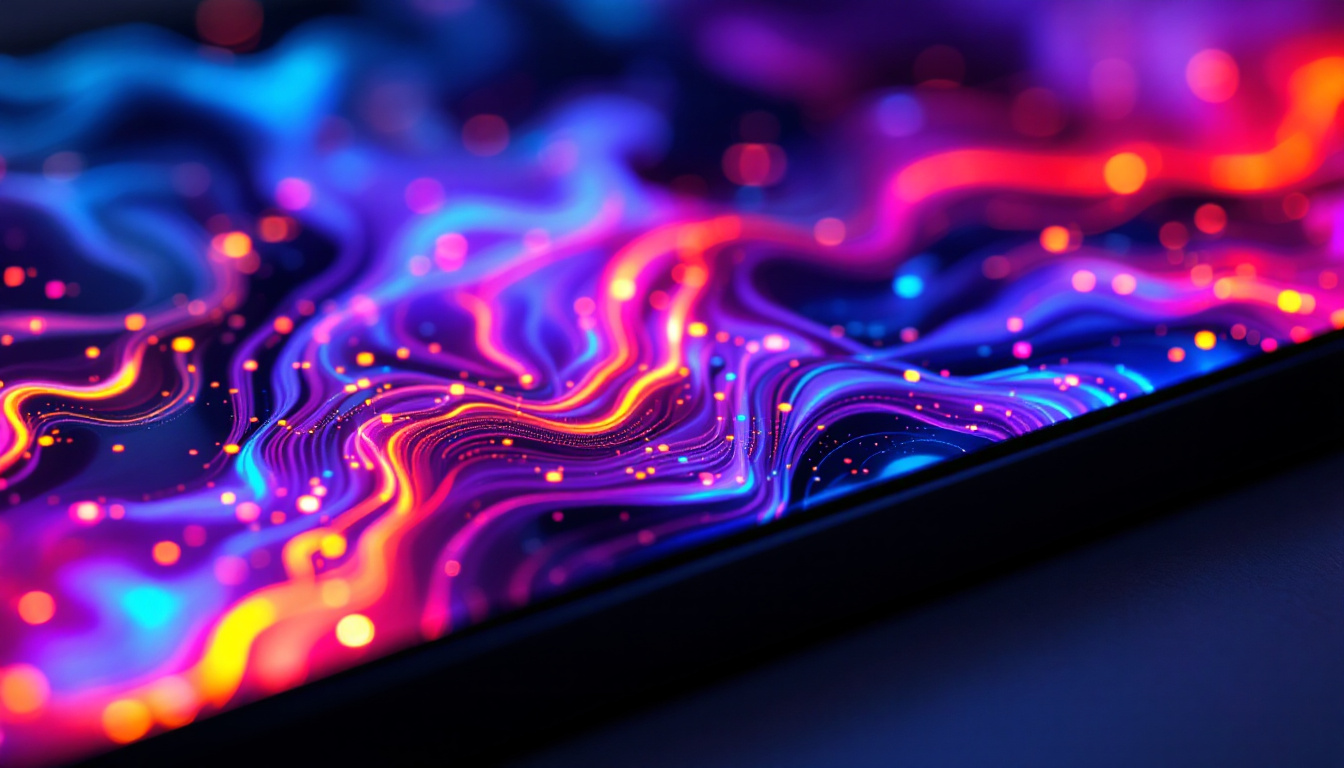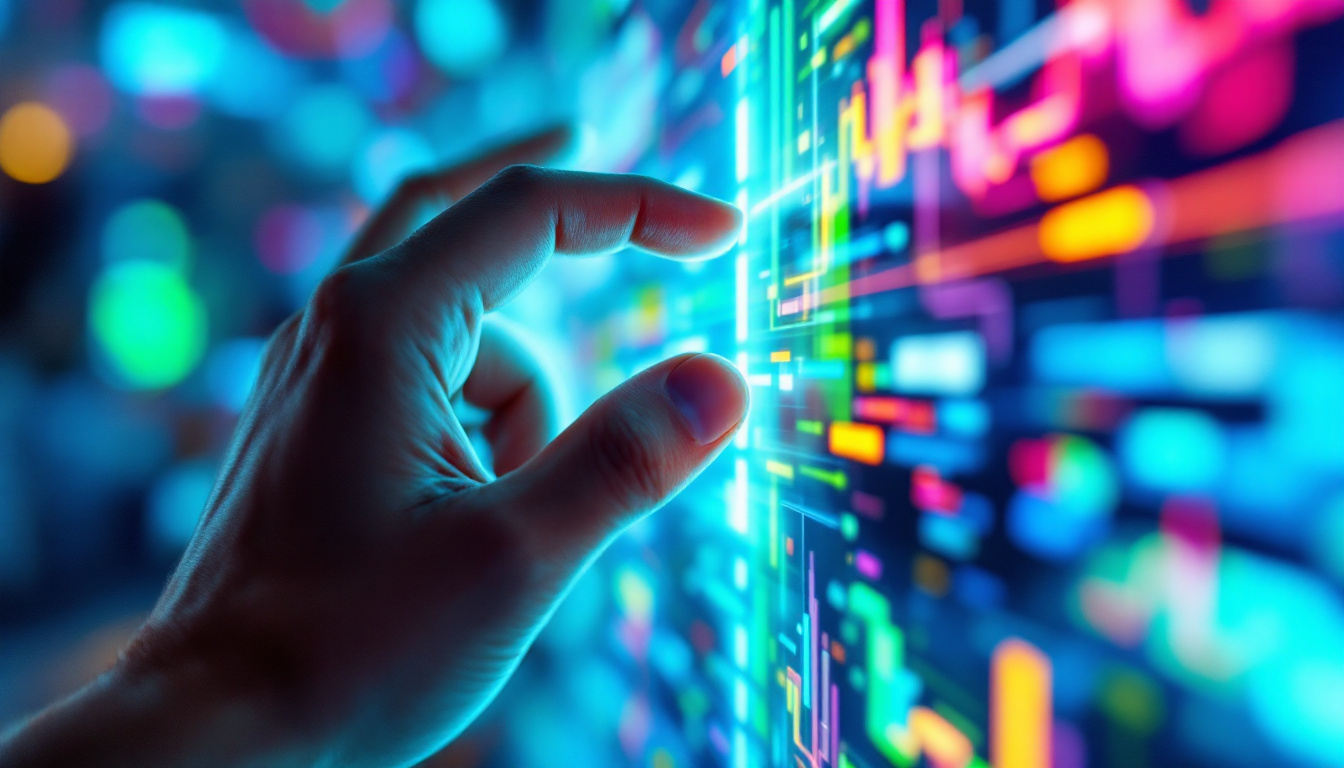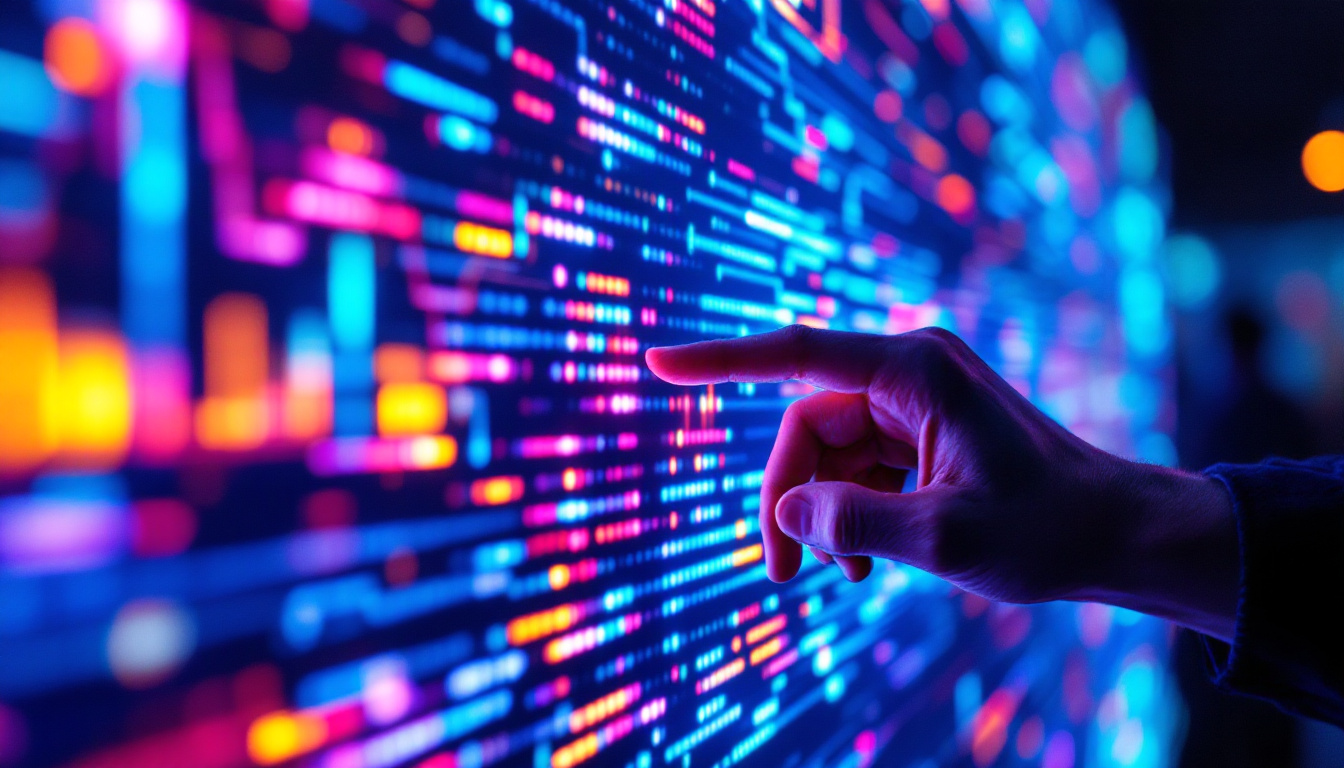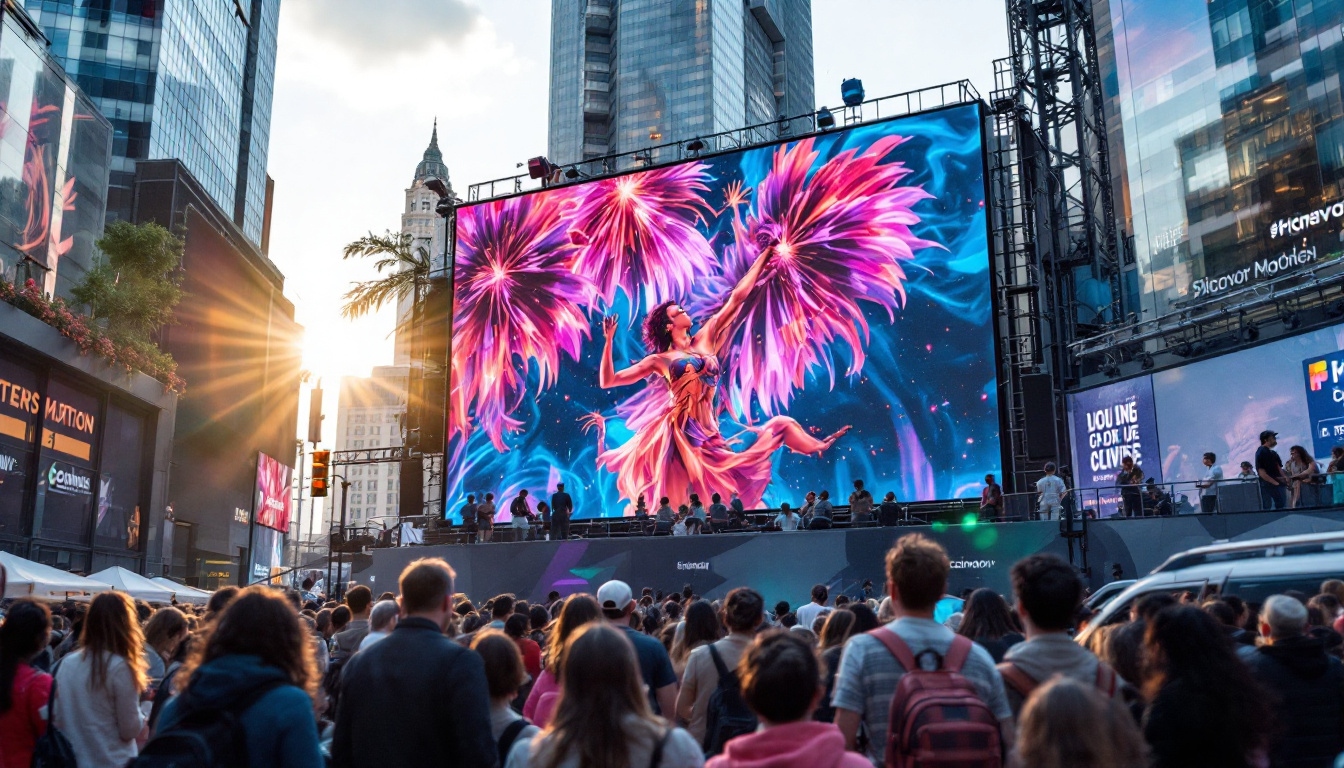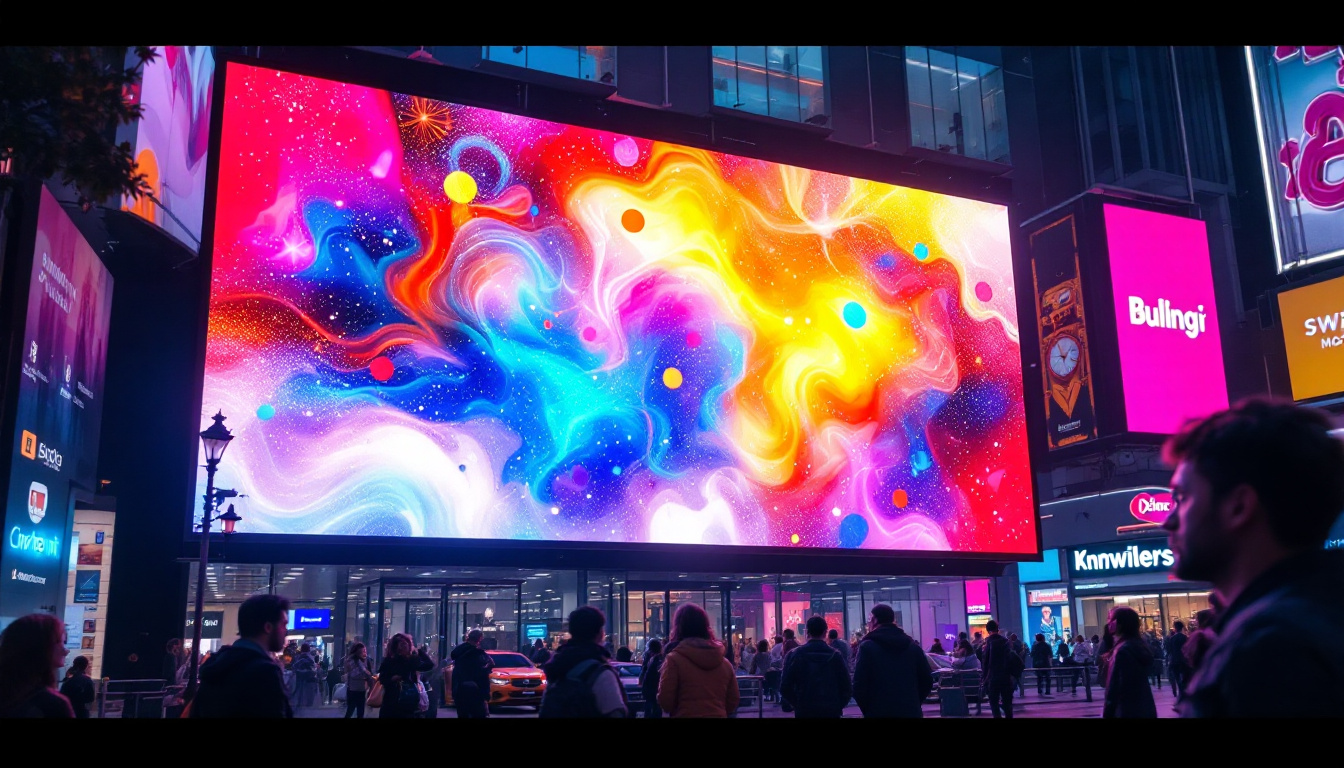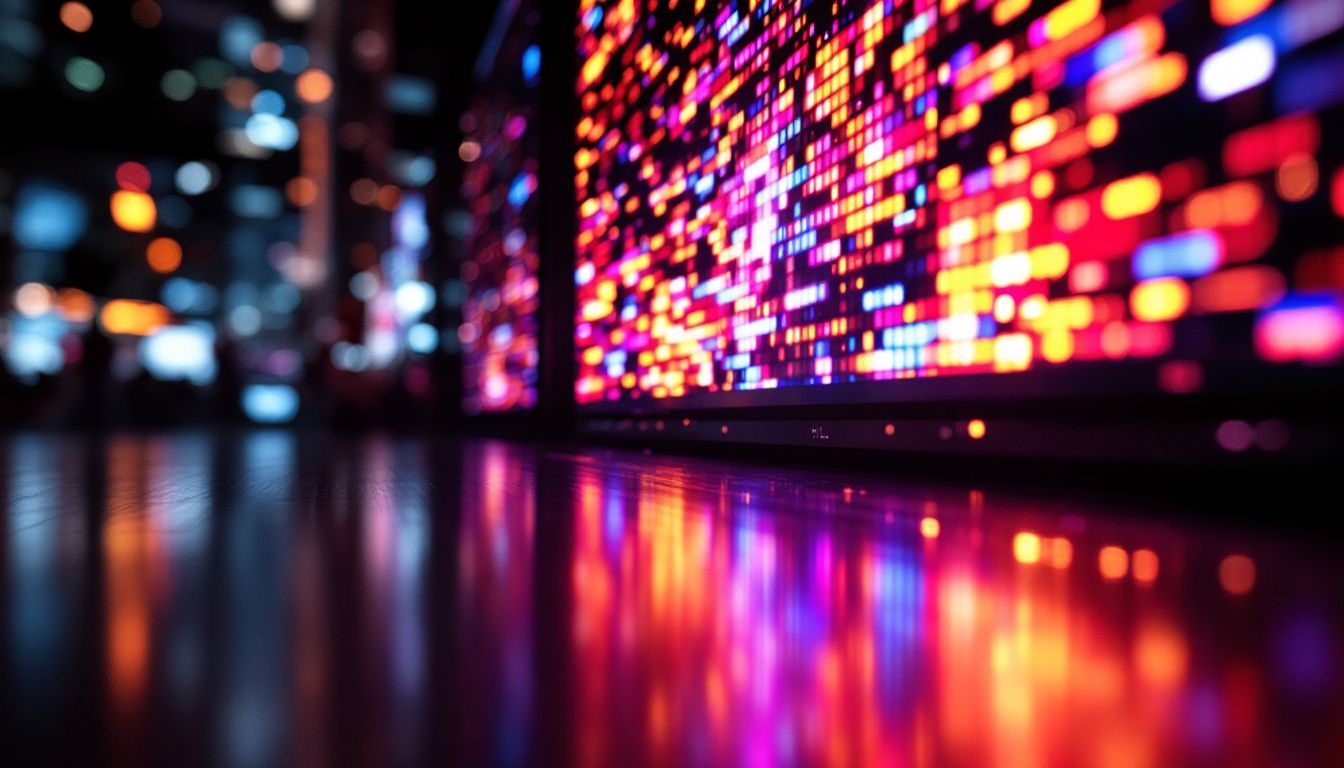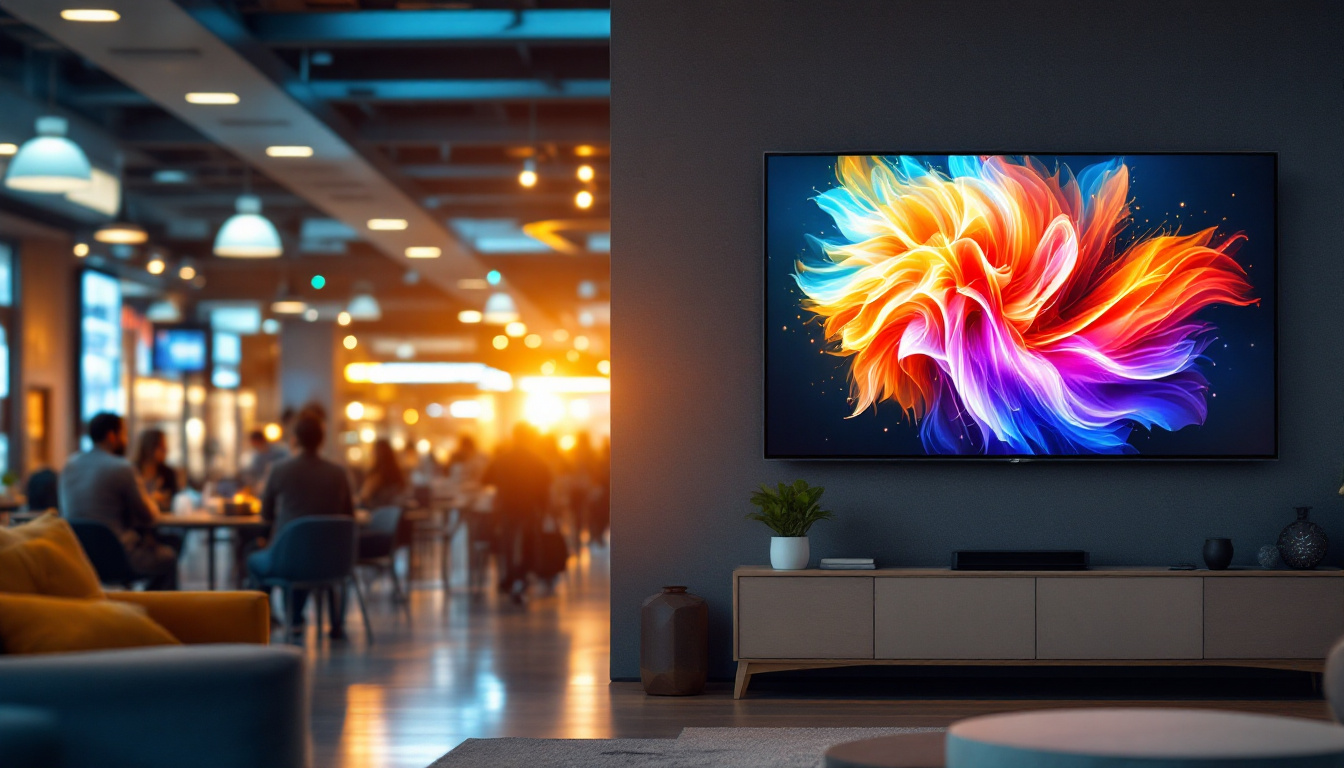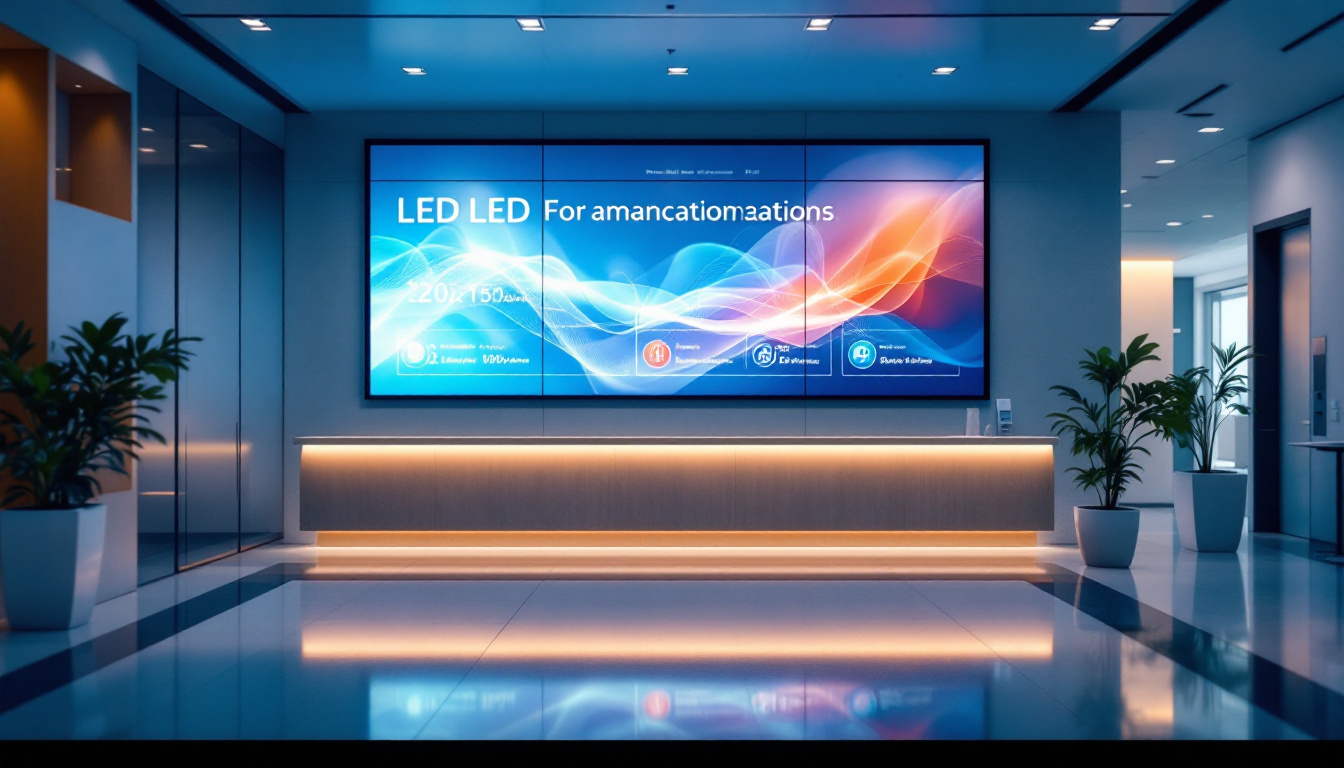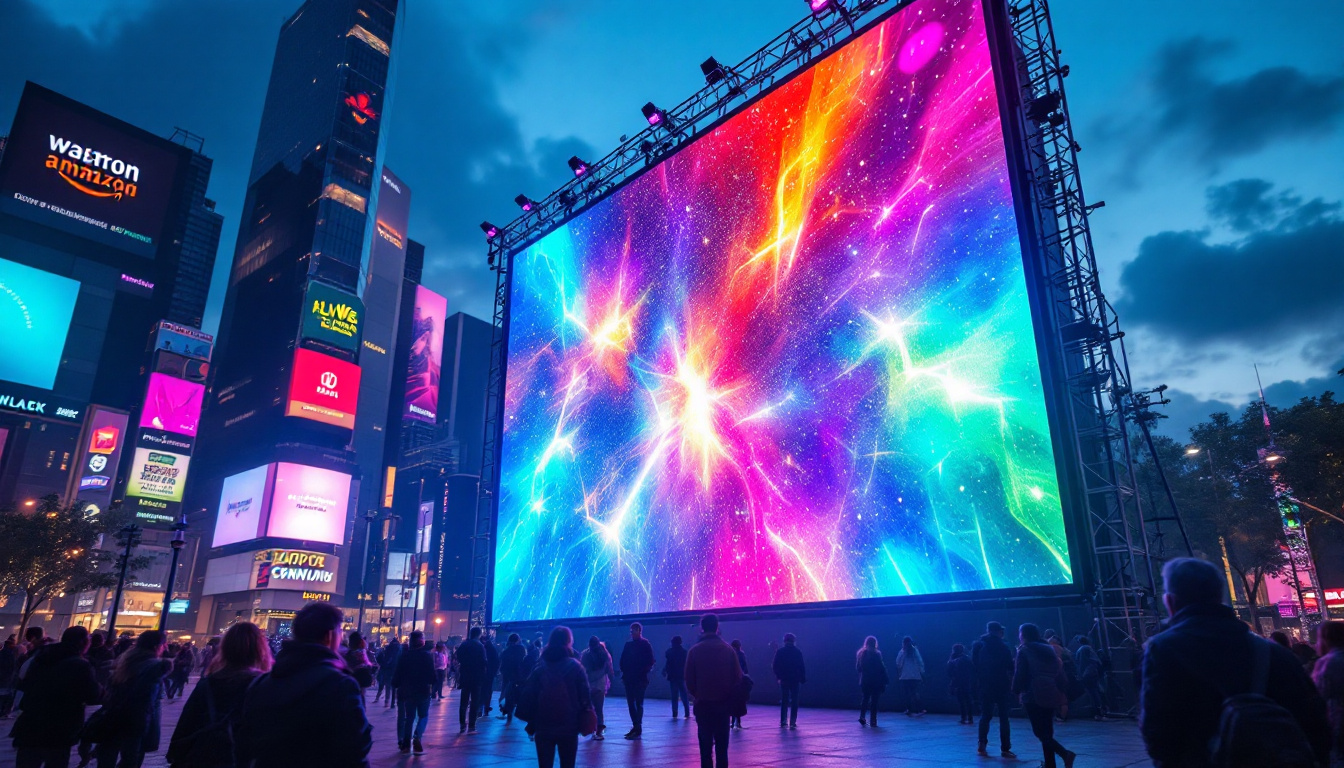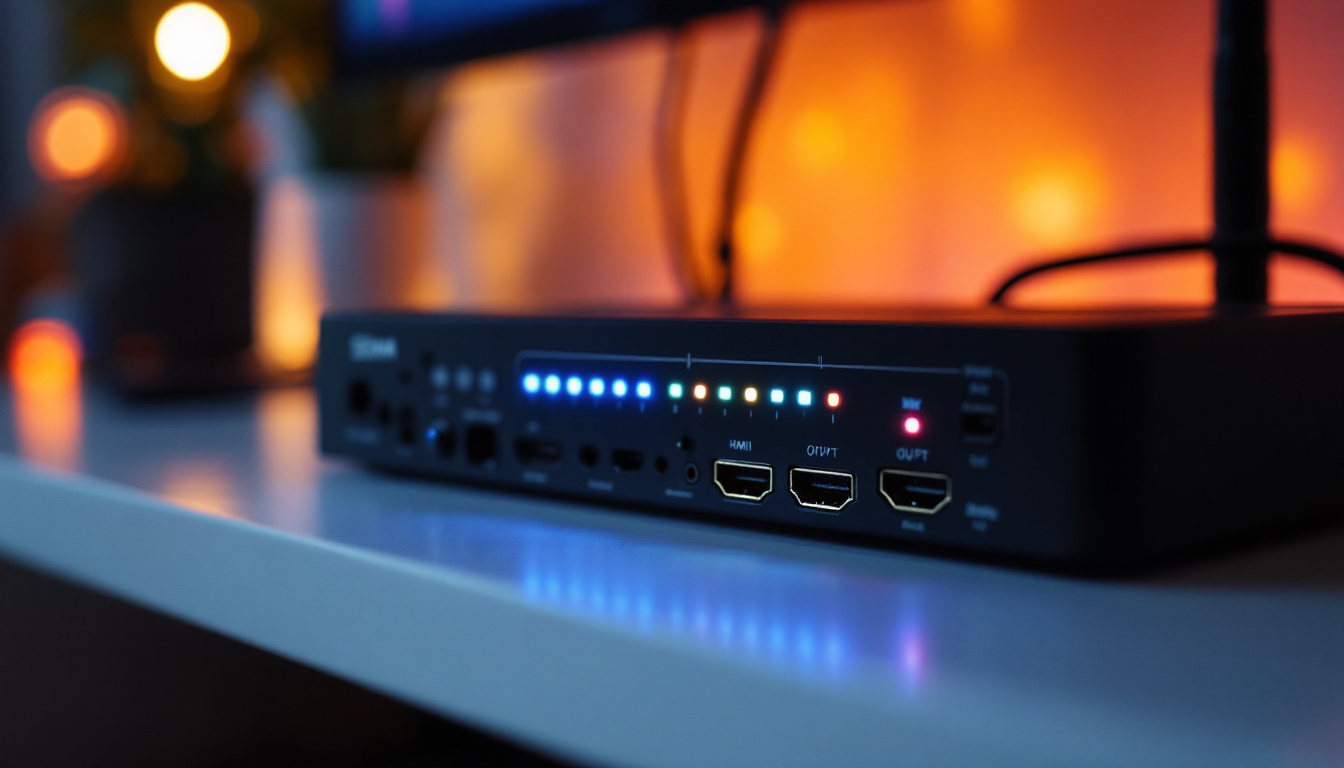The NBC Radio Monitor is a vital tool for radio broadcasters, providing essential information and updates in real-time. One of the standout features of this monitor is its LED display, which plays a crucial role in delivering information clearly and efficiently. This article delves into the intricacies of the LED display, its functionality, and its significance in the broadcasting industry.
Understanding LED Technology
Light Emitting Diode (LED) technology has revolutionized the way displays operate. Unlike traditional LCDs or CRTs, LEDs offer several advantages that enhance visibility and energy efficiency.
How LEDs Work
At its core, an LED is a semiconductor device that emits light when an electric current passes through it. This process, known as electroluminescence, allows LEDs to produce bright and vibrant colors without the need for a backlight. This characteristic makes them ideal for applications where visibility is paramount, such as in the NBC Radio Monitor. The simplicity of their design not only contributes to their efficiency but also allows for more compact and lightweight setups, which is particularly beneficial in environments where space is at a premium.
Advantages of LED Displays
LED displays are known for their superior brightness and contrast compared to other display technologies. This brightness ensures that information is easily readable, even in bright environments. Furthermore, LEDs consume less power, making them a more energy-efficient option for continuous use in broadcasting settings. The reduced energy consumption translates into lower operational costs, which is a significant advantage for businesses looking to optimize their budgets.
Another significant advantage is their longevity. LED displays have a longer lifespan than traditional displays, reducing the frequency of replacements and maintenance. This reliability is essential for radio stations that require constant monitoring of their broadcasts. Additionally, the durability of LEDs means they are less prone to damage from shocks or vibrations, making them suitable for mobile applications or settings where equipment might be subject to movement. As a result, many industries are now adopting LED technology not only for its performance but also for its resilience, ensuring that they can maintain high standards of operation without the worry of frequent downtime.
Moreover, the versatility of LED technology extends beyond simple displays. They can be integrated into various forms, such as flexible screens or large-scale video walls, allowing for creative and dynamic presentations. This adaptability opens up new possibilities in advertising, entertainment, and information dissemination, where eye-catching visuals can significantly enhance viewer engagement. As the technology continues to evolve, we can expect even more innovative applications that leverage the unique properties of LEDs to create immersive experiences for audiences worldwide.
The Role of the LED Display in Broadcasting
The LED display in the NBC Radio Monitor serves multiple functions, each critical to the effective operation of radio broadcasting. From displaying real-time data to providing alerts, the LED display is an indispensable component.
Real-Time Information Display
One of the primary functions of the LED display is to show real-time information about the broadcast. This includes details such as the current song playing, the artist, and other relevant metadata. For radio hosts and producers, having this information readily available is crucial for engaging with the audience and ensuring smooth transitions between segments.
Moreover, the LED display can also show vital statistics, such as listener counts and demographics, which can help broadcasters tailor their content to better meet audience preferences. This capability not only enhances listener engagement but also allows the station to make informed decisions about programming and advertising, ensuring that the content resonates with its target audience. By analyzing trends displayed on the LED screen, broadcasters can identify peak listening times and popular genres, optimizing their playlists and promotional strategies accordingly.
Alerts and Notifications
In addition to displaying regular information, the LED display is equipped to show alerts and notifications. This feature is particularly important during live broadcasts, where immediate communication is necessary. For instance, if there is a need to switch to breaking news or an emergency alert, the LED display can quickly convey this information to the host and production team.
These notifications can also include technical alerts, such as equipment malfunctions or connectivity issues, ensuring that the team can address problems promptly and maintain the quality of the broadcast. Furthermore, the LED display can be programmed to show scheduled announcements or upcoming segments, allowing hosts to prepare adequately and engage with their audience more effectively. This proactive approach not only enhances the flow of the broadcast but also fosters a sense of anticipation among listeners, keeping them tuned in for what’s next. As technology continues to evolve, the integration of advanced features like social media feeds and audience interaction prompts on the LED display may further enrich the broadcasting experience, creating a dynamic and interactive environment for both hosts and listeners alike.
Design and Usability Features
The design of the LED display in the NBC Radio Monitor is not only functional but also user-friendly. Several features enhance its usability, making it accessible for all team members, regardless of their technical expertise.
User Interface Design
The user interface of the LED display is designed with simplicity in mind. Clear fonts, intuitive icons, and logical layouts ensure that users can quickly locate the information they need. This design minimizes the learning curve for new team members and allows for efficient operation during high-pressure situations.
Additionally, the interface can be customized to suit the specific needs of the radio station, allowing for flexibility in how information is presented. This adaptability is crucial in a fast-paced environment where priorities can shift rapidly.
Visibility and Placement
Visibility is a key consideration in the design of the LED display. The display is often mounted in a location that is easily viewable from various angles, ensuring that all team members can access the information without straining. The brightness of the LEDs also plays a significant role in ensuring that the display remains visible under different lighting conditions.
Moreover, the size of the display is typically large enough to be seen from a distance, making it suitable for busy studios where multiple tasks are being performed simultaneously.
Integration with Other Systems
The NBC Radio Monitor’s LED display is designed to integrate seamlessly with other broadcasting systems. This integration enhances its functionality and provides a more cohesive experience for users.
Compatibility with Broadcasting Software
Modern broadcasting relies heavily on software to manage content and operations. The LED display can be linked with broadcasting software, allowing for automatic updates of information displayed. For instance, when a new track is played, the software can instantly update the LED display without requiring manual input.
This integration not only saves time but also reduces the likelihood of errors, ensuring that the information presented is always accurate and up-to-date.
Networking Capabilities
Networking capabilities are another essential aspect of the LED display’s functionality. By connecting to the station’s network, the display can receive updates from various sources, including news feeds, social media, and other real-time data streams. This feature allows broadcasters to stay informed about current events and audience interactions, enhancing the overall quality of the programming.
Maintenance and Longevity
While LED displays are known for their durability, regular maintenance is still essential to ensure optimal performance. Understanding how to care for the display can prolong its lifespan and maintain its functionality.
Routine Checks and Calibration
Routine checks are vital for identifying any potential issues before they escalate. This includes inspecting the display for any dead pixels, ensuring that all LEDs are functioning correctly, and calibrating the brightness as necessary. Regular calibration can help maintain the display’s visibility and color accuracy, which is crucial for effective communication.
In addition, keeping the display clean and free from dust and debris can prevent overheating and other technical issues, contributing to the longevity of the equipment.
Software Updates
Just like any other technology, the software that operates the LED display requires updates to function effectively. These updates can introduce new features, improve performance, and enhance security. Staying current with software updates is essential for maximizing the display’s capabilities and ensuring compatibility with other systems.
Future Trends in LED Display Technology
The world of LED display technology is constantly evolving, with new advancements emerging regularly. Understanding these trends can provide insight into the future of broadcasting and the potential enhancements for tools like the NBC Radio Monitor.
Advancements in Display Quality
As technology progresses, the quality of LED displays continues to improve. Innovations such as higher resolution displays and enhanced color accuracy are becoming more common. These advancements allow for even clearer and more vibrant presentations of information, which can significantly enhance the viewer’s experience.
Furthermore, developments in flexible and transparent LED technology may open new possibilities for how information is displayed in broadcasting environments, allowing for more creative and engaging setups.
Smart Technology Integration
The integration of smart technology into LED displays is another trend that is gaining traction. Smart displays can utilize artificial intelligence and machine learning to analyze data and optimize the information presented. For instance, they could automatically adjust brightness based on ambient light conditions or prioritize certain alerts based on urgency.
This level of intelligence could revolutionize how broadcasters interact with their displays, making operations more efficient and responsive to real-time needs.
Conclusion
The LED display in the NBC Radio Monitor is a cornerstone of modern broadcasting, offering clarity, efficiency, and versatility. Its integration of advanced technology, user-friendly design, and real-time capabilities ensures that radio stations can operate smoothly and effectively.
As advancements in LED technology continue to emerge, the potential for enhancing broadcasting tools like the NBC Radio Monitor is vast. By staying informed about these developments, radio broadcasters can leverage the latest innovations to improve their operations and better serve their audiences.
In a rapidly evolving media landscape, the importance of reliable and effective tools cannot be overstated. The LED display stands as a testament to the ongoing commitment to excellence in broadcasting, paving the way for a bright future in radio communication.
Discover Cutting-Edge LED Display Solutions with LumenMatrix
As you consider the future of broadcasting and the integral role of LED displays in enhancing communication, LumenMatrix stands at the forefront of this technological evolution. With a commitment to innovation and quality, LumenMatrix offers a diverse range of LED display modules designed to meet the dynamic needs of modern broadcasting. From Indoor and Outdoor LED Wall Displays to specialized solutions like Vehicle LED Displays and LED Sports Displays, our products are crafted to captivate your audience and amplify your message. Embrace the future of visual engagement with LumenMatrix’s advanced LED display solutions. Check out LumenMatrix LED Display Solutions and see how we can illuminate your brand’s potential.

